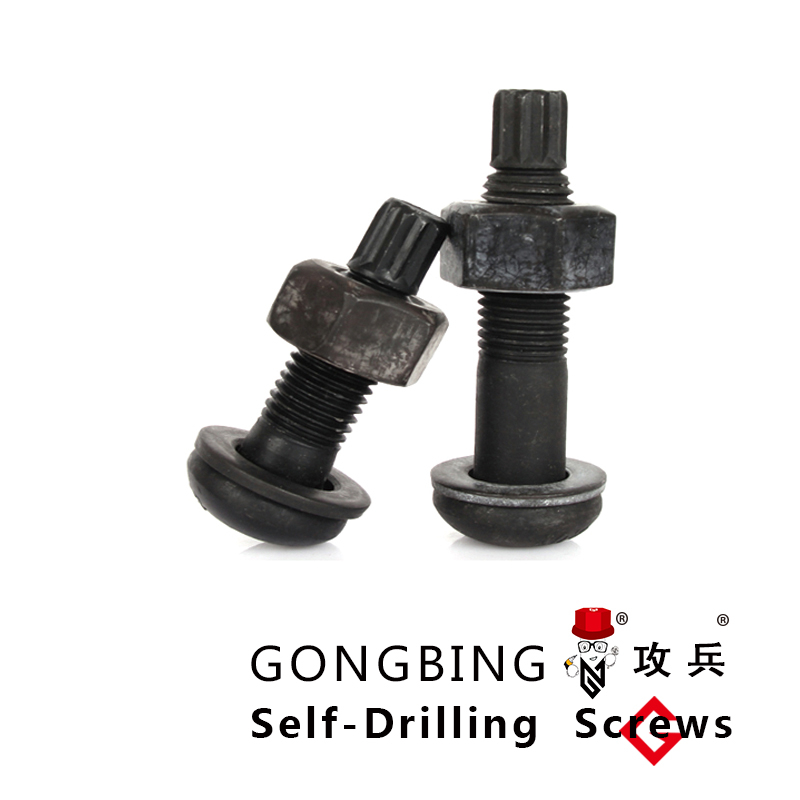stainless steel shear studs
Understanding Stainless Steel Shear Studs Importance and Applications
Stainless steel shear studs are essential components in construction and engineering, especially in the realm of steel-concrete composite structures. They play a crucial role in ensuring the integrity and performance of these structures, making them a focal point of modern engineering practices.
What are Shear Studs?
Shear studs are short, cylindrical steel components that are welded onto steel beams or plates to facilitate the connection between steel and concrete. When concrete is placed around these protruding studs, they create a mechanical bond that allows for effective load transfer between the two materials. This bond is vital for the performance of composite constructions, where steel provides tensile strength and concrete offers compressive strength.
The Advantages of Stainless Steel
Stainless steel is often selected for shear studs due to its excellent mechanical properties and resistance to corrosion. Unlike standard carbon steel, stainless steel can withstand harsh environmental conditions, making it ideal for applications in coastal areas, industrial settings, or structures exposed to moisture and chemicals. The durability of stainless steel shear studs reduces maintenance costs and extends the lifespan of the structures they support, ensuring long-term performance and safety.
Applications in Composite Construction
In composite construction, shear studs are typically used in bridge decks, multi-story buildings, and various types of industrial structures. When combined with concrete, these shear studs enhance the structural behavior by providing composite action. This action allows the steel and concrete to work together effectively, leading to materials that are lighter and more efficient than traditional all-steel or all-concrete designs.
stainless steel shear studs

One prominent application is in the construction of bridge decks, where shear studs connect steel girders to the concrete deck. This configuration not only aids in load distribution but also improves the overall stiffness of the structure, which is critical for handling dynamic loads, such as those caused by traffic or environmental factors.
Installation and Design Considerations
The installation of stainless steel shear studs is a detailed process that requires precision and adherence to engineering standards. Factors such as stud diameter, welding specifications, and spacing must be carefully calculated to ensure optimal performance. The design must also consider local building codes and load requirements to guarantee that the shear studs fulfill their functional roles effectively.
Future Trends
As the construction industry moves towards sustainable practices, the demand for high-performance materials like stainless steel is expected to grow. Innovations in welding techniques, material science, and design methodologies continue to enhance the efficiency and effectiveness of shear studs. Additionally, as more projects focus on sustainability, the recycling potential of stainless steel further positions it as a material of choice in modern construction.
Conclusion
Stainless steel shear studs represent a small yet significant element in the world of structural engineering. Their ability to connect concrete and steel efficiently enhances the performance, durability, and safety of composite structures. As technology advances and the need for sustainable products increases, the role of stainless steel shear studs will undoubtedly continue to evolve, paving the way for safer and more resilient structures in the future. Embracing these innovations will be crucial for engineers and architects aiming to meet the challenges of modern construction.
-
Weatherproof Plastic Expansion Anchors for OutdoorNewsJun.06,2025
-
Sustainability in the Supply Chain: Eco-Friendly TEK Screws ProductionNewsJun.06,2025
-
Load-Bearing Capacity of External Insulation FixingsNewsJun.06,2025
-
Double Head Bolts: Enhancing Efficiency in Industrial MachineryNewsJun.06,2025
-
Corrosion Resistance in Chipboard Screws: Coatings for Wholesale DurabilityNewsJun.06,2025
-
Butterfly Toggle Bolts : Enhancing Structural ResilienceNewsJun.06,2025
